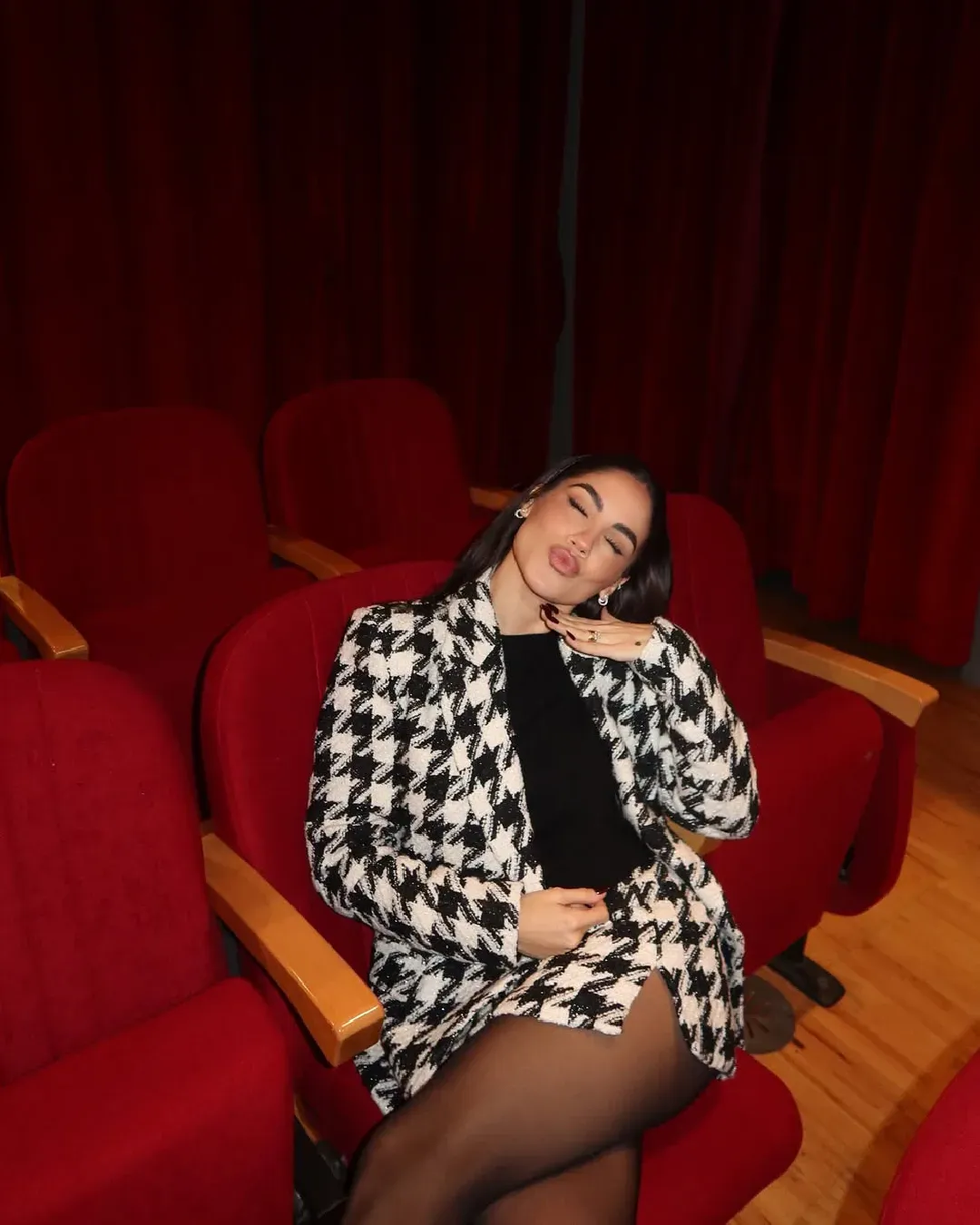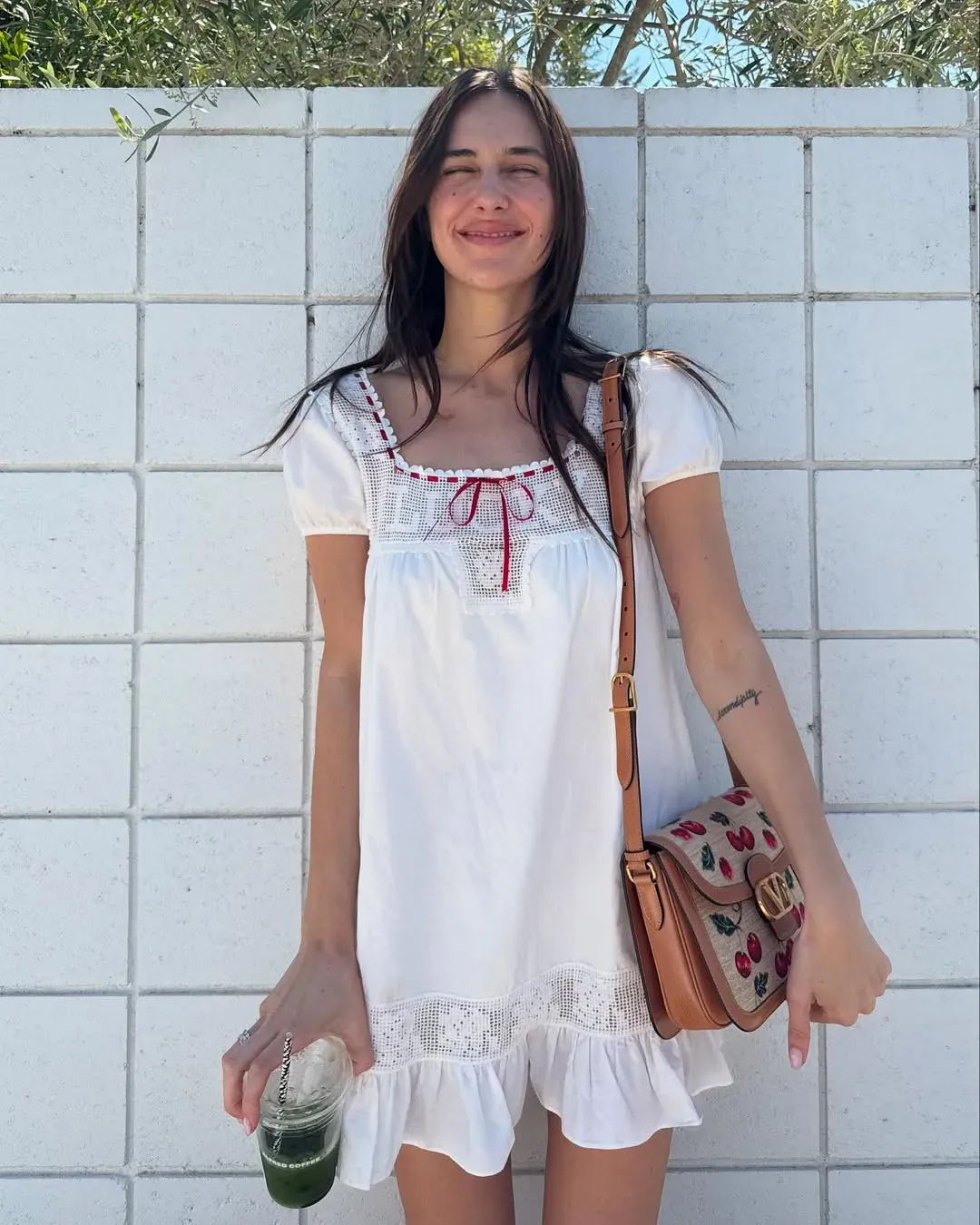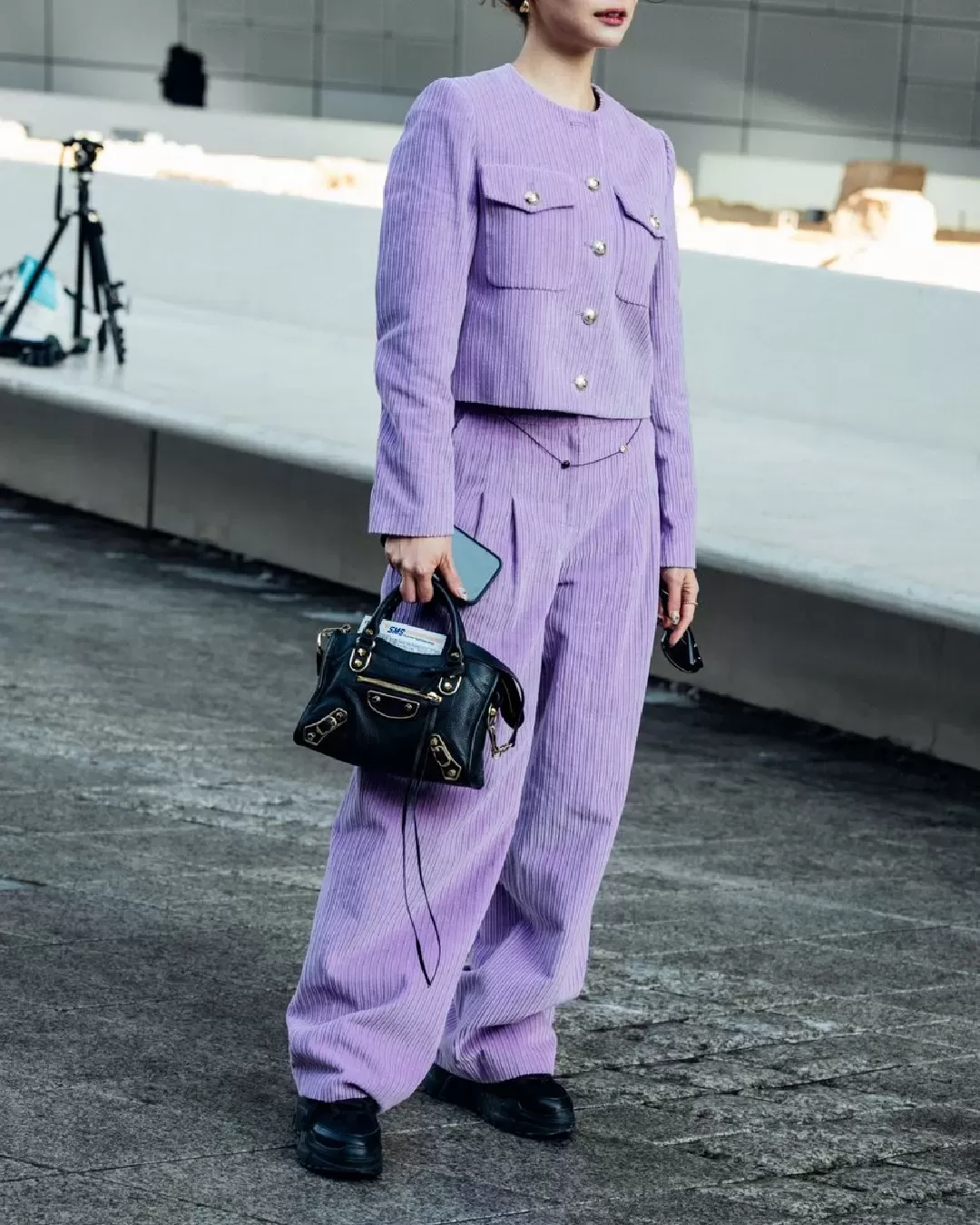
Is being basic really that bad? Beyond normcore, beyond minimal, into the restful realm of basicness
«If I was a man the first thing I would do…» reads a recorded voice in a viral audio on TikTok and Instagram by the name of Sprite Enjoyer Fall Outfit Recipe, in which an unspecified female character lists the most basic ingredients of a fall outfit: a flannel worn over a gray hoodie, a pair of jeans with turn-ups, and a pair of Converse. The challenge is being used by many tiktokers to show off their physiques, since at the beginning of the videos they only wear their underwear and the pieces of clothing are added one at the time, like in The Sims. At the same time, the challenge would seem to emphasize the repetitiveness of an outfit, that is quite popular among menswear influencers who create videos such as "Outfit Inspo," "Get Dressed with Me," "How to Build a Wardrobe," or "Clothing Hacks" of which basicness is the founding philosophy. In fact, all these contents refer to often conventional and repetitive outfits, made more to conform than to stand out, which the average TikTok user can easily replicate. And while it is true that these outfits possess absolutely nothing original or avant-garde, it is also true that these very videos play a key role in standardizing and regularizing the aesthetic language of that part of Gen Z and Millennials who want to dress well but who don't care that much about clothing or, in other words, the so-called basic bros. And so the question arises: are these videos really cringeworthy or are they playing an essential role in educating people of all types about the basics of knowing how to dress? And this question is followed by a second one: does everything basic come to harm?
Anyone who grew up in the pre-social media world will remember how complicated it was to find reference and inspiration outside of newspapers, music videos and the occasional movie. Gen Z now has at their disposal thousands of TikTok videos teaching and recommending brands, suggesting outfits and styles, and so on - growing up in the early 2000s, for example, there was no one to explain to young millennials what a monochromatic outfit was, what the ten necessary pieces of the fall wardrobe were, or the mistakes not to make when wearing a shirt. Sure in many instances on TikTok they point out obvious things that, to those inside the fashion bubble, are almost trivial, and they do so with clothes that have little in the way of design creativity. But considering how teenagers of ten or twenty years ago dressed completely haphazardly (we encourage you to view the school photos of your older brothers or sisters, or your own if you're in the same age range as the writer) with completely ill-fitting pants, sweatshirts in delirious prints, and far too imaginative color combinations, perhaps tiktokers suggesting to their followers the best ways to wear a tank top (spoiler: with a shirt on or without a shirt) or how to dress at a date are not as pointless or trivial as they seem.
All mens fashion guides are to either look like a Wall Street banker, a steampunk wizard, or Pete Davidson.
— Zach Heltzel (parody) (@zachheltzel) March 2, 2022
I just want to know how to dress like a basic bro who gets more than three matches on Hinge, is that too much to ask?
Of course, it still remains irritating to see, in these contents, aesthetics and subcultures reduced to their lowest signifiers, diluted through the genericness of fast fashion. A combo of Converse and flannel immediately makes one grunge; one immediately becomes "old money" with a shirt or blazer while the "soft boy" vibe is essentially reduced to using pastel colors and monochromatic outfits while it seems that Air Jordan 1s, Converse, and Doc Martens are the only shoes possible. Some of the lessons that come through the overall view of this content are not even that wrong; they simply represent basic but unexciting good taste. Instead, one flies into dangerous territory when the tiktoker on duty proposes skinny jeans, pants with turn-ups or knee-length rips, shoelaces used as belts, men's suits fitting like superhero costumes, or suggests tucking any kind of top into pants without even using a belt. As a very wise man says, however, this is about private choices.
It would be worthwhile at this point to consider how the various looks and styles that are presented on TikTok all belong to a veritable uniform of the influencer/tiktoker (think about how many creators around the world wear strings of pearls, sweater vests, tank tops, or cargo pants) whose DNA developed the moment this professional figure stepped out of the realm of pure luxury and began to promote popular or fast fashion brands with a generic and in some ways impersonal style interchangeable between one creator and another. The thing actually represents a language common to an entire generation whose expressiveness, however, compresses, resets and collapses on itself precisely because of the enormity of other styles and aesthetics it draws on. A type of uniformity that can be associated with a fashion that is less exclusive and luxurious and more immediately commercial, aimed at a mass audience. The key to its success lies in the combo of versatility, transversality and accessibility. To answer our original question, then, the answer is: no, being basic is not always that bad. Everyone needs to learn the ABCs of dressing, and as for the quality of the content that Gen Z consults when deciding what to wear, those who reside within the fashion bubble need not to clutch their metaphorical pearls: TikTok is full of devoted fashion content creators like Wisdom Kaye, Louis Powell, Chris Burt Allan or Jacob Day, to name a few, who fight basicness one outfit at a time.















































